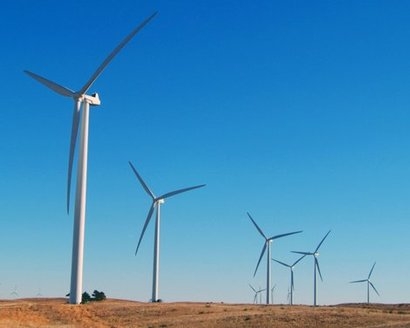
The research shows that, on average, across the entire day in 2020, wind delivered 14 percent of the generation mix in the state, doubling its output from 7 percent in 2017. The growth in output has significantly displaced fossil generation – especially gas. In the evenings (5pm– 11.30pm) – outside solar hours – gas contributed 5 percent to the state's generation mix in 2020, whilst wind made up 14 percent. For the same time-of-day period in 2017, wind was 6 percent against gas at 9 percent.
“Whilst the displacement of gas by wind at night time is not particularly surprising, the shape of wind output in Victoria displays a unique characteristic; an afternoon bump” said Lumi Adisa, Head of Energy Market Analytics at Cornwall Insight Australia. “Victoria is the only state to show this remarkable shape and have wind contribute more to the generation mix in the afternoons (14 percent) than in the morning (13 percent). In addition, the overnight average wind contribution to the generation mix in the state (15 percent) was only 1 percent higher than the afternoon contribution (14 percent). Overall, wind in Victoria – specifically from western Victoria – has the most complementary market impact to solar in the NEM, making renewables in Victoria particularly impactful. This outstanding shape has also made wind in Victoria play a vital role in replacing the afternoon contribution (23 percent) from the retired Hazelwood power station and further impacting thermal generation. In 2017, gas and wind equally contributed an average of 8 percent to the generation mix in the afternoon. Fast forward to 2020, gas has dropped to 3 percent whilst wind has increased its afternoon share to 14 percent. These unique trends have fundamental impacts across the broader market through time-of-day pricing, constraints, and arbitrage value throughout the day.”
For additional information:

